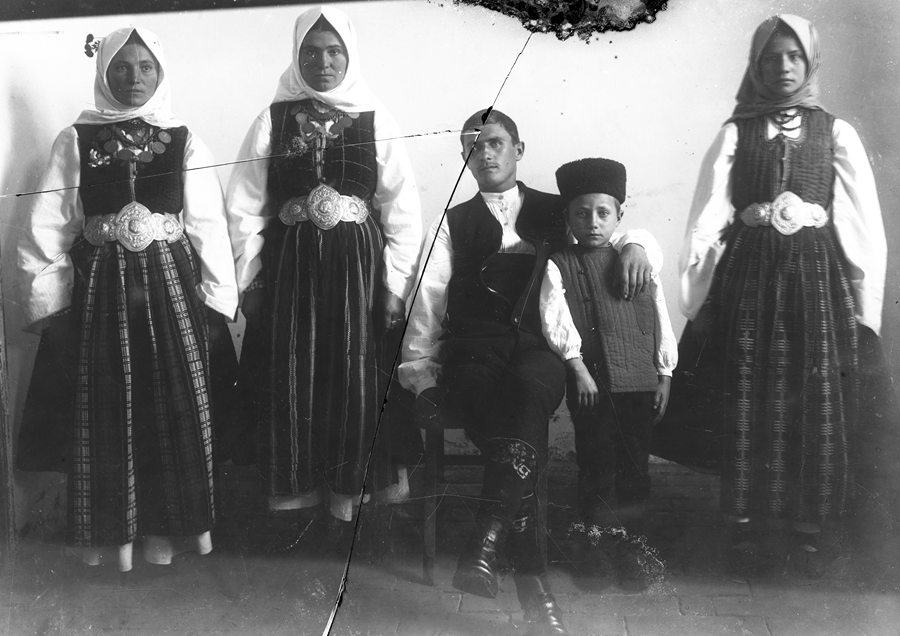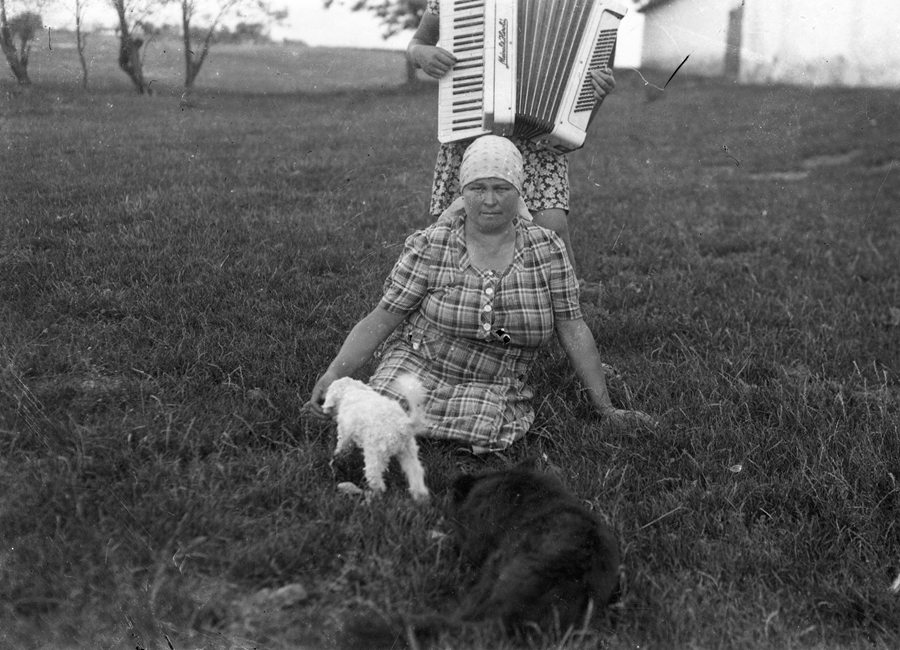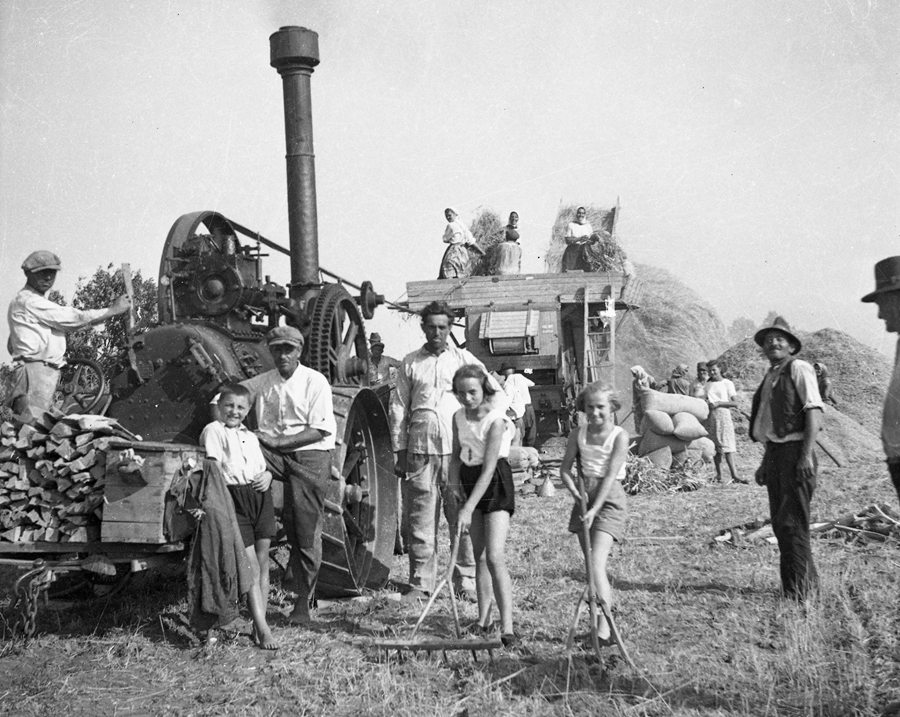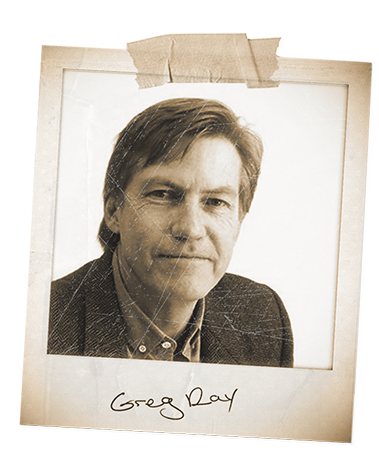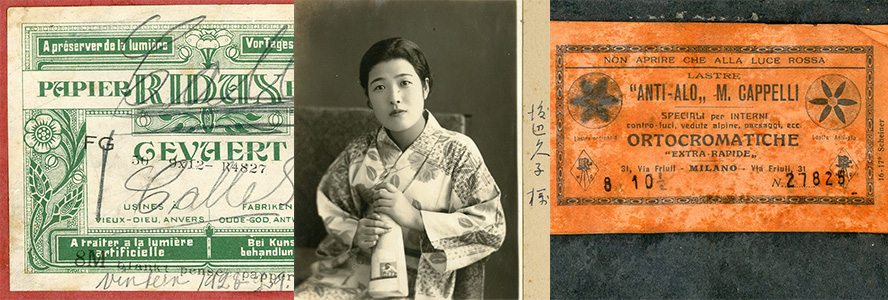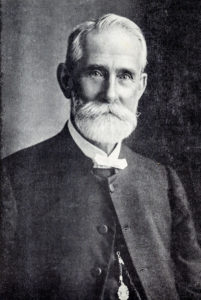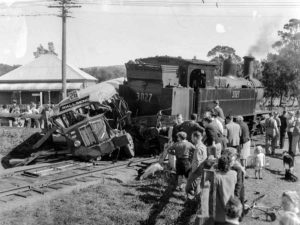If the past is another country, then the past of another country might be doubly foreign, I guess.
When I travel overseas I’m naturally drawn to flea markets and vintage stores and among the things I like to buy are photographs and negatives. In dusty cabinets in old stores, on cluttered blankets on the ground at flea markets, at fetes and village yard sale days I hope to see them: tatty paper pouches of old negs and snapshots, cardboard boxes full of glass plate negs or old photo albums.
Sometimes particular photo albums excite me enough to pay well. The photos might be of unusually good quality, of interesting subjects or otherwise appealing. I’ve bought bags full of old family snaps on the strength of half-a-dozen exceptional images. And as for negs, well, I’ve a lot of practice at gauging their quality and subject matter on the spot, but I love collections of them mostly because of the element of surprise they bring. To buy a collection of old negatives is to buy a treasure hunt. Like a shovel full of gold-bearing dirt, waiting to be washed and panned, a collection of negs will be – I know – mostly dross. But in among the out-of-focus pictures of people with pets and babies posed against nondescript backdrops with their heads or feet cut off there is quite often a small percentage of what I regard as gems. The best of the gems are photos remarkable for their composition and quality and subject matter. And sometimes just for some indefinable attribute – an atmosphere or feeling they evoke that elevates them (in my eyes at least).
Foreign images have another dimension too, simply because they are foreign. In the same way that one language can convey meanings that don’t quite exist in another, photography in different parts of the world (in the past at least, before the great homogenisation of the internet) also speaks in subtly different tones. It’s costumes and scenery, backdrops and physiognomies, of course, but it’s more than that too. Fossilised on film are expectations, boasts, social and historical norms, shadows of wars and much more than can be put into words. I’ll share a few examples with you, in the hope that I can show you something of what I’m trying to say.
Japan
These images are from glass negatives found at a Tokyo flea market. They appear to date from the 1930s.
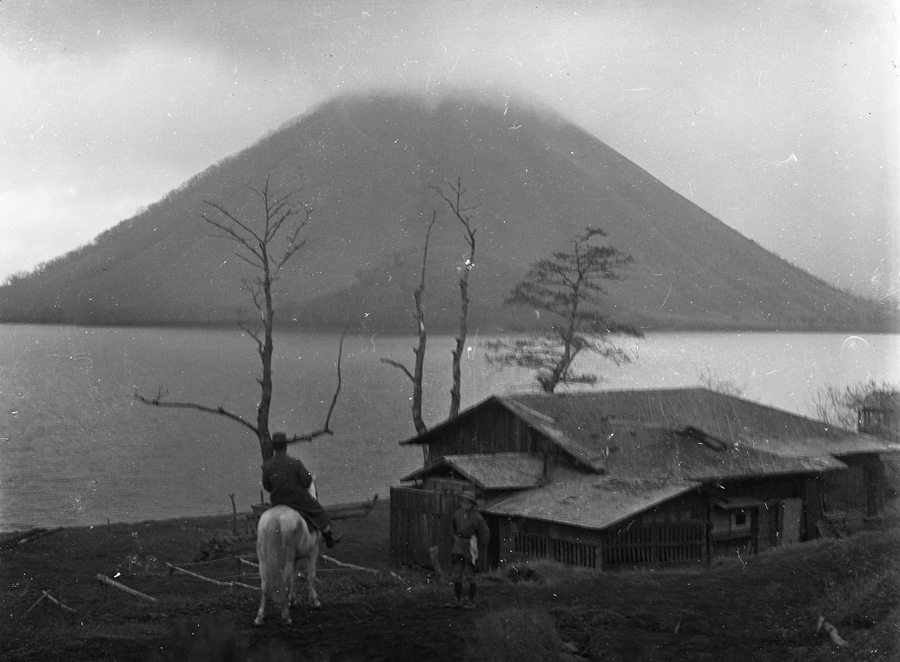
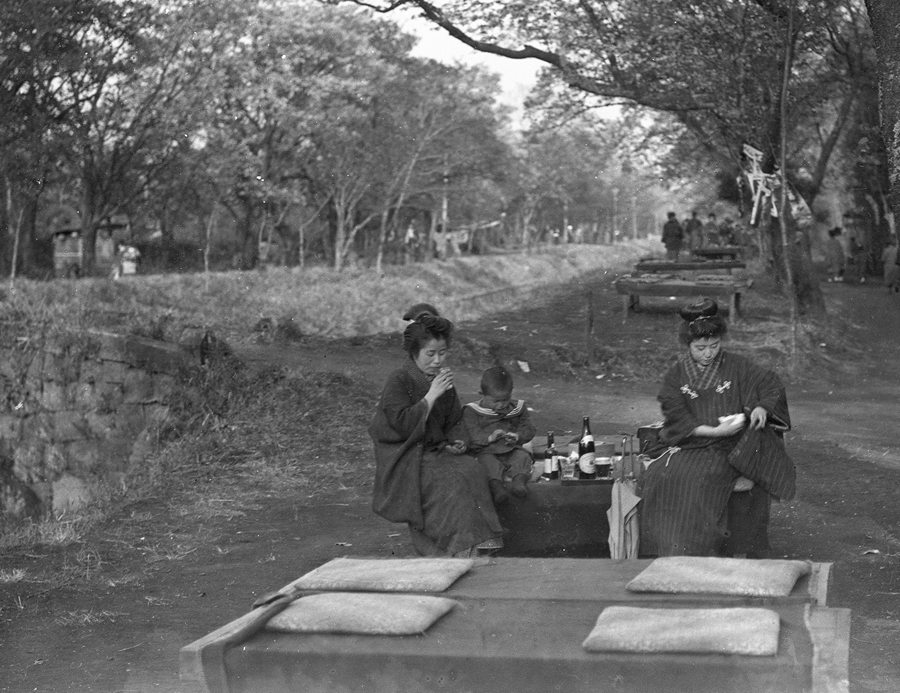

Belgium
These glass plates were found at a flea market in Brussels.
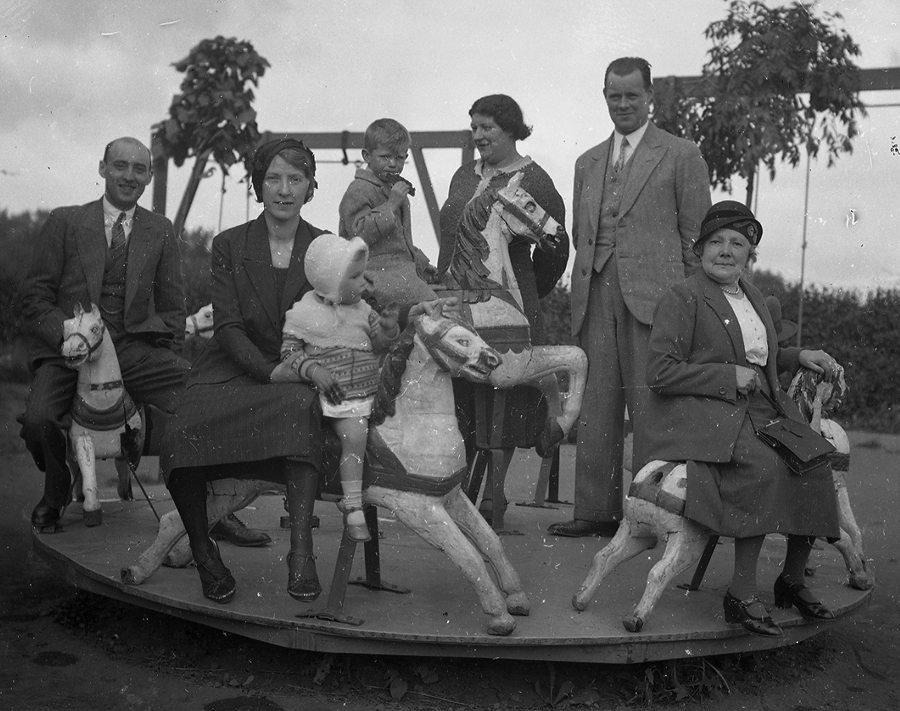
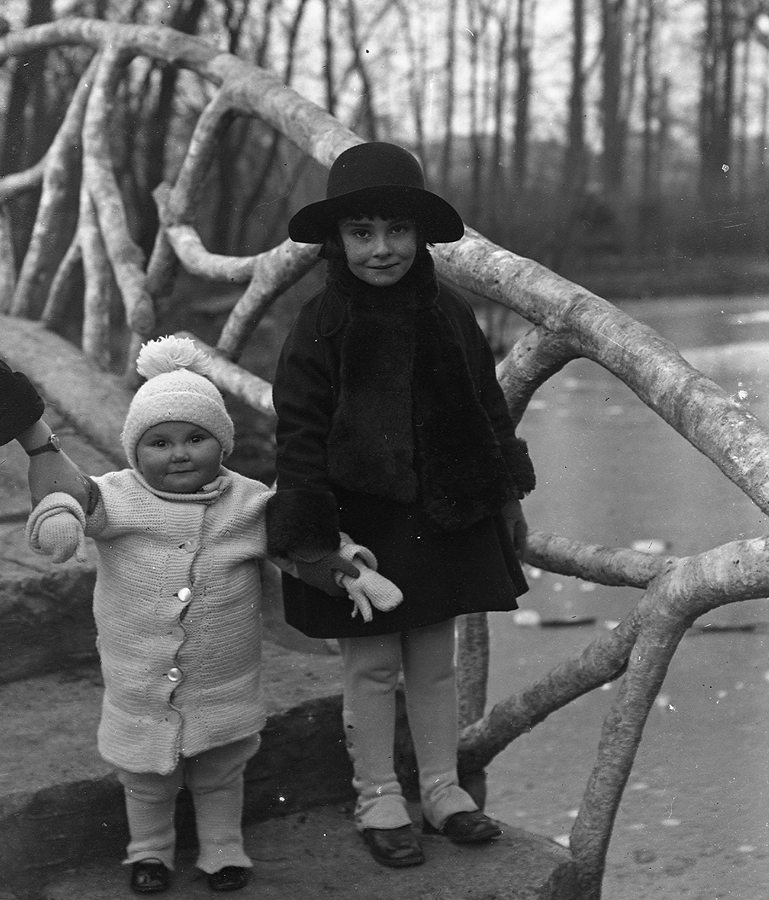
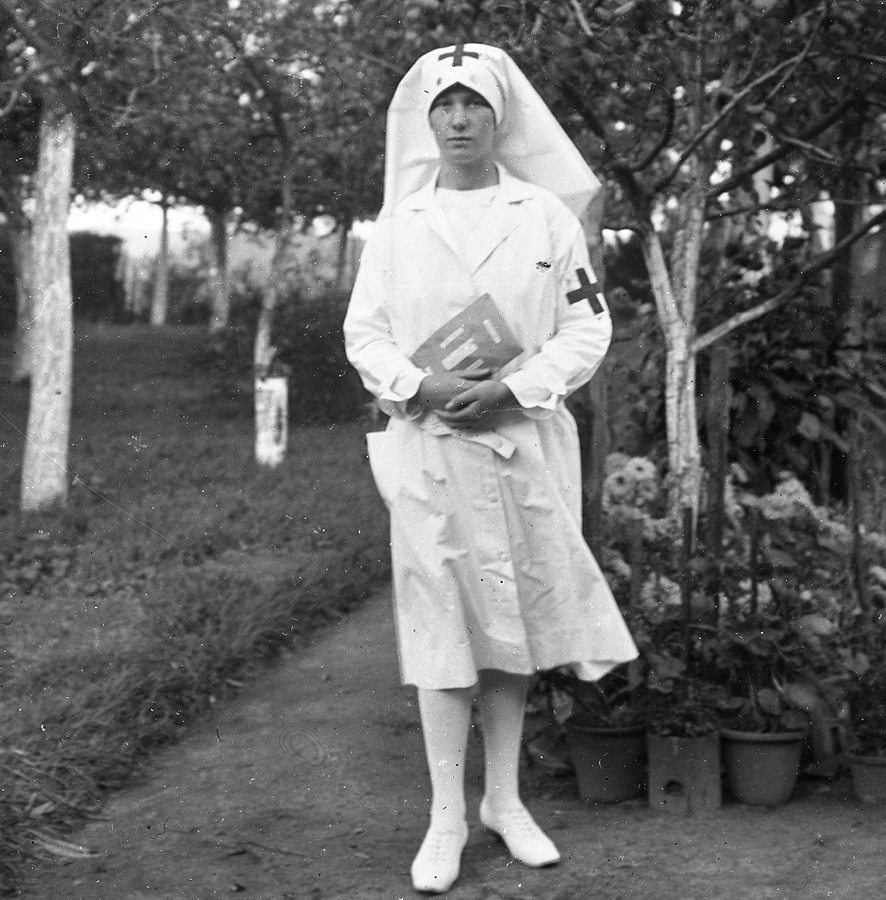
Sweden
This set of glass plates came from an antique shop in the Haga tourist strip in Gothenburg, Sweden.
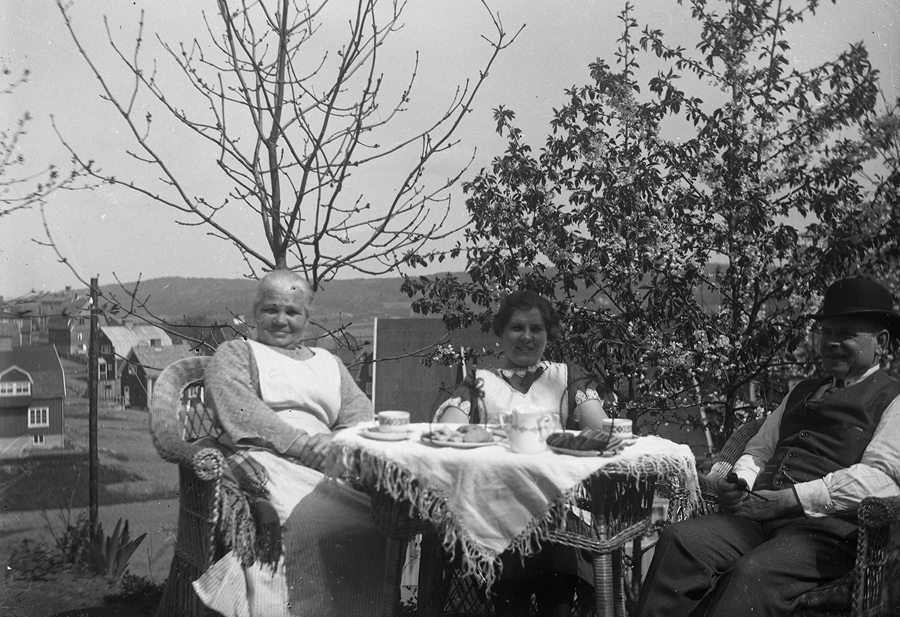
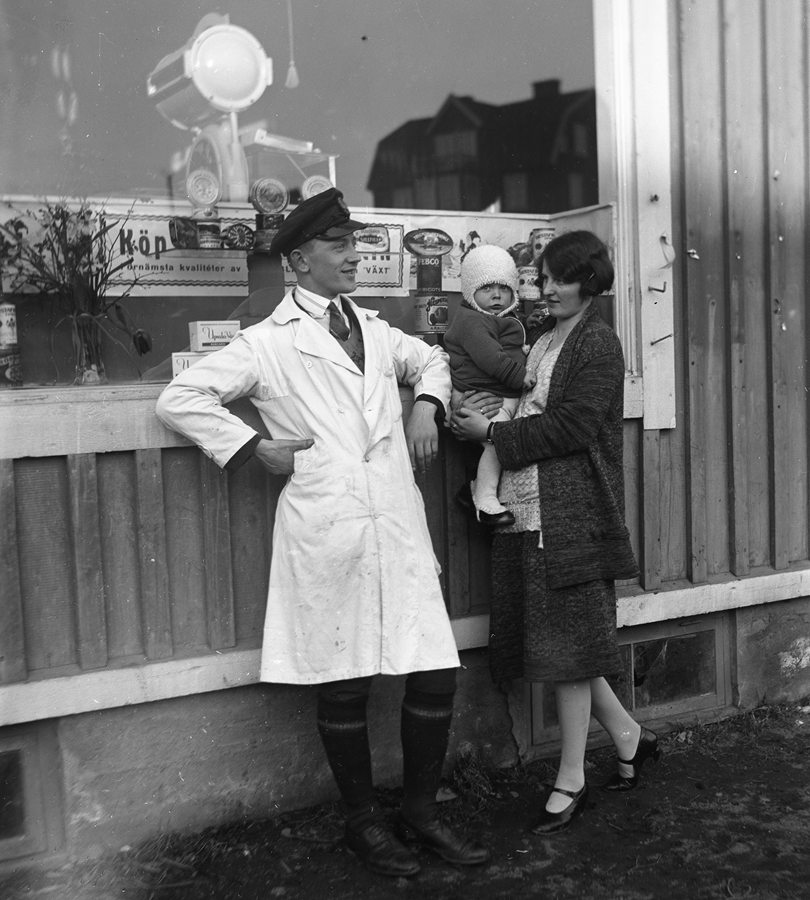
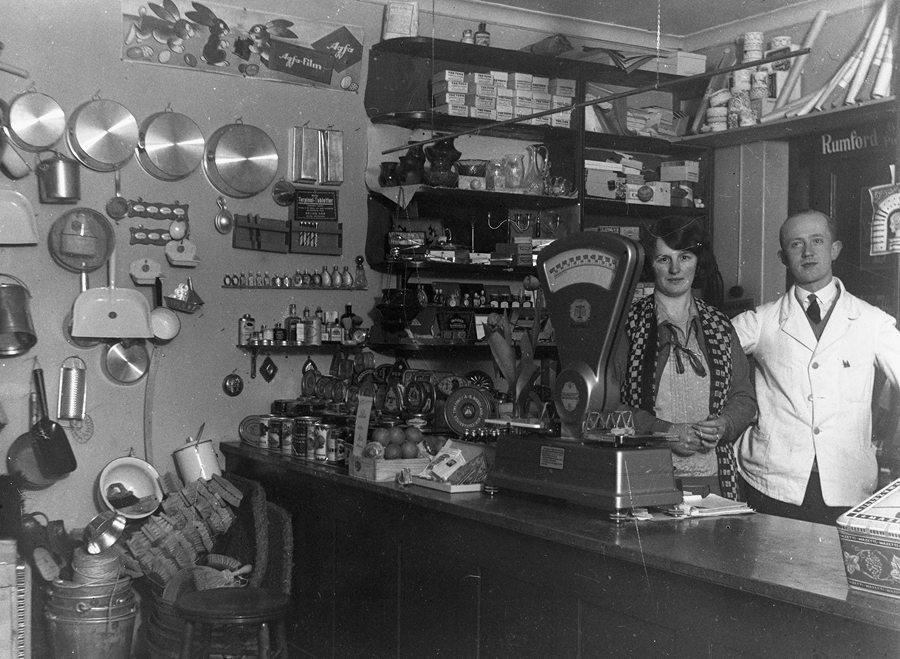
Hungary
These negatives were found in Leura, NSW, but appear to have been taken in Hungary. So, not quite so much a souvenir of my own travels, as much as a record of what I presume (based on other photos in the set) to be a well-to-do pre-war immigrant family.
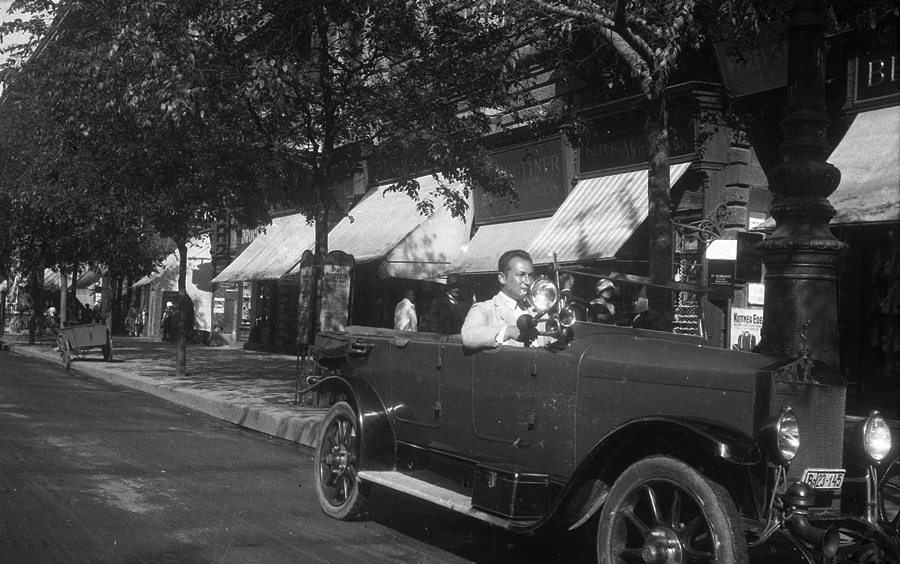
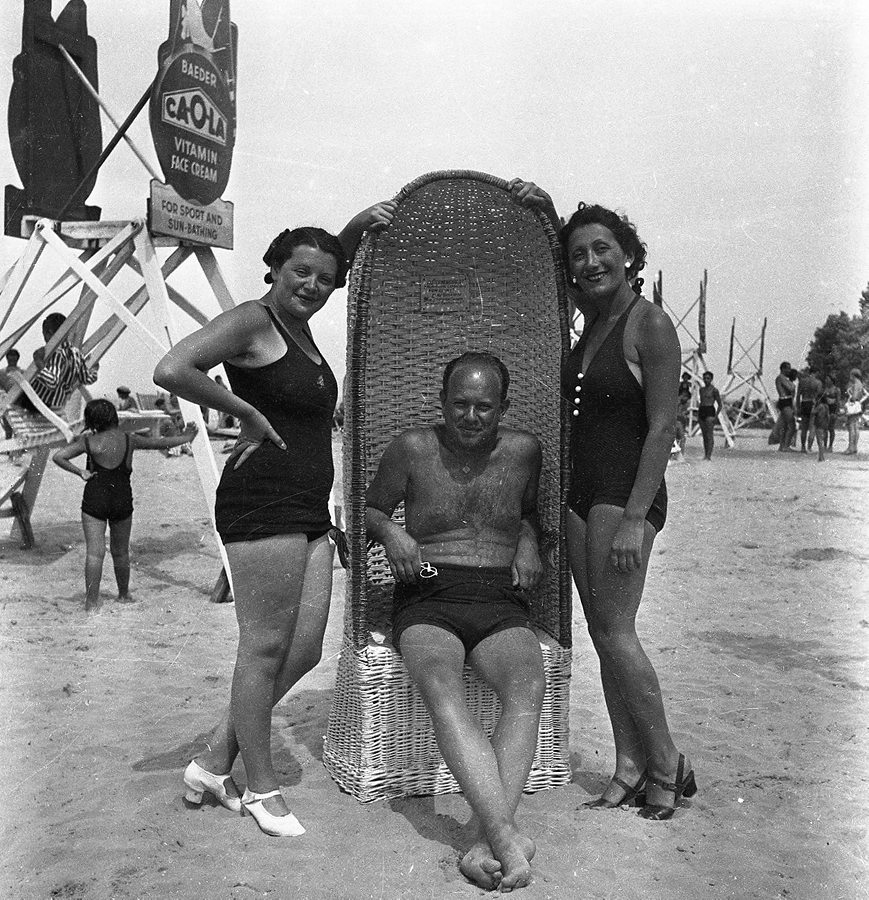
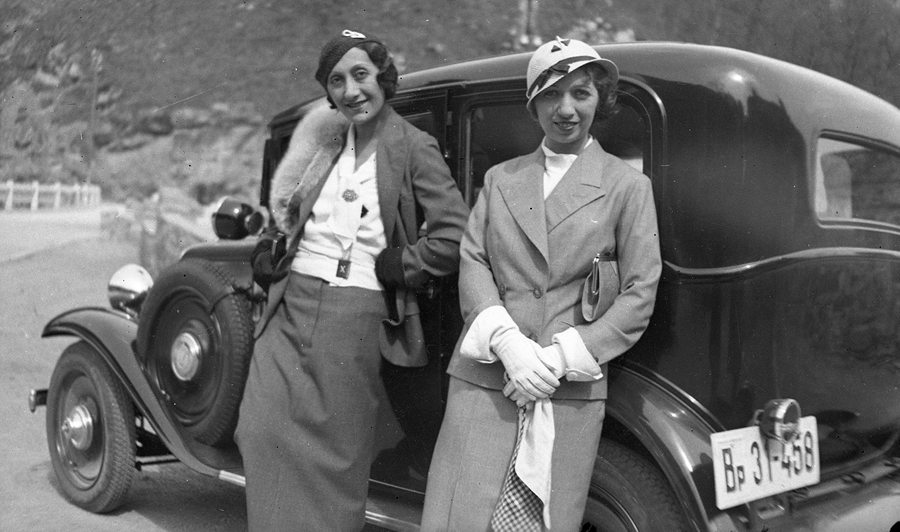
Serbia
I have visited parts of the former Yugoslavia a couple of times, but I bought these negatives on-line. They were bought in a market in Serbia, I was told.
